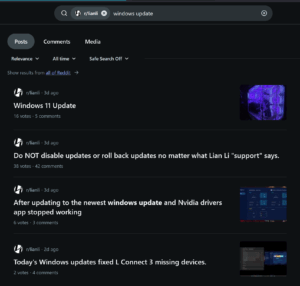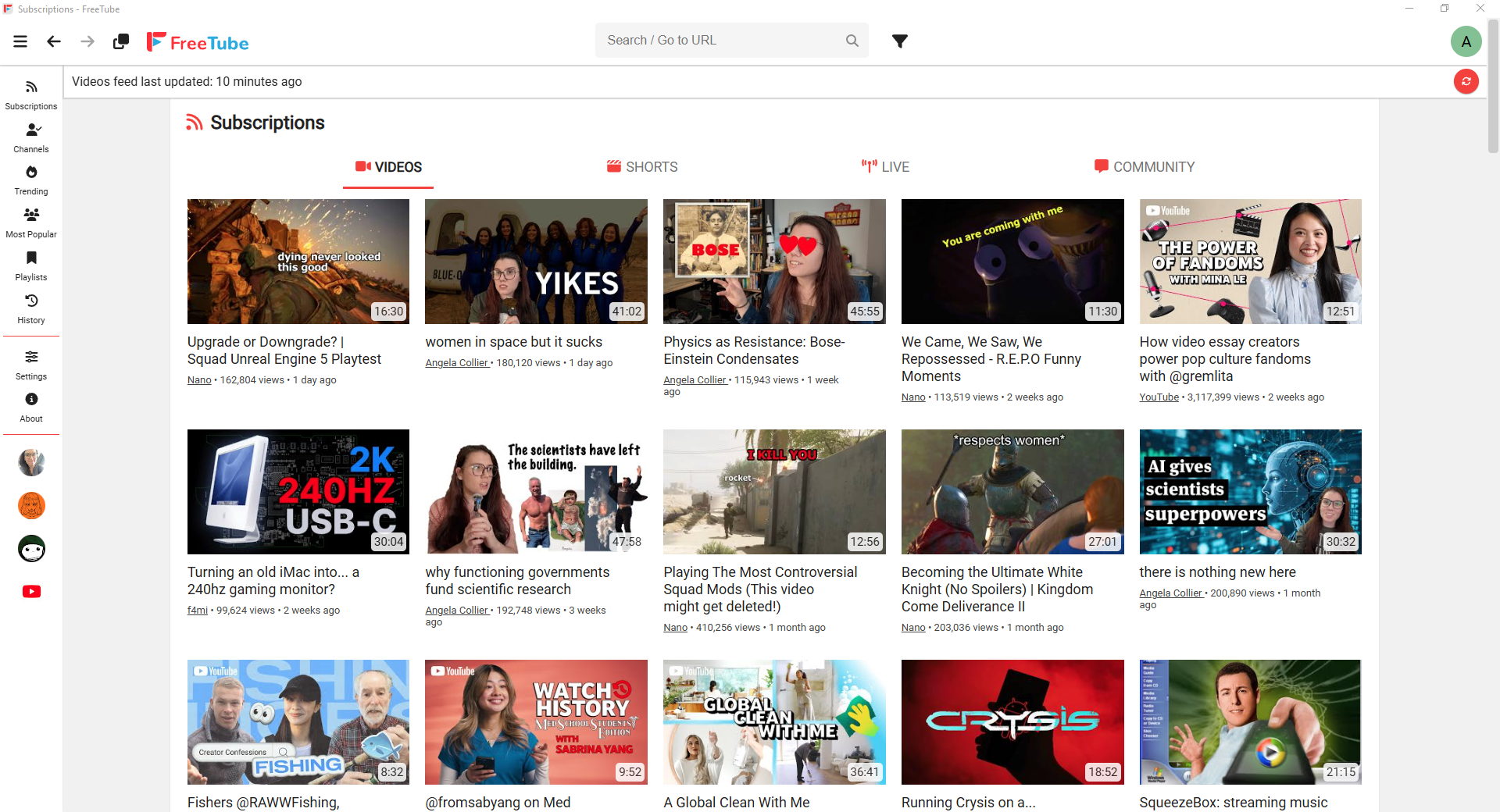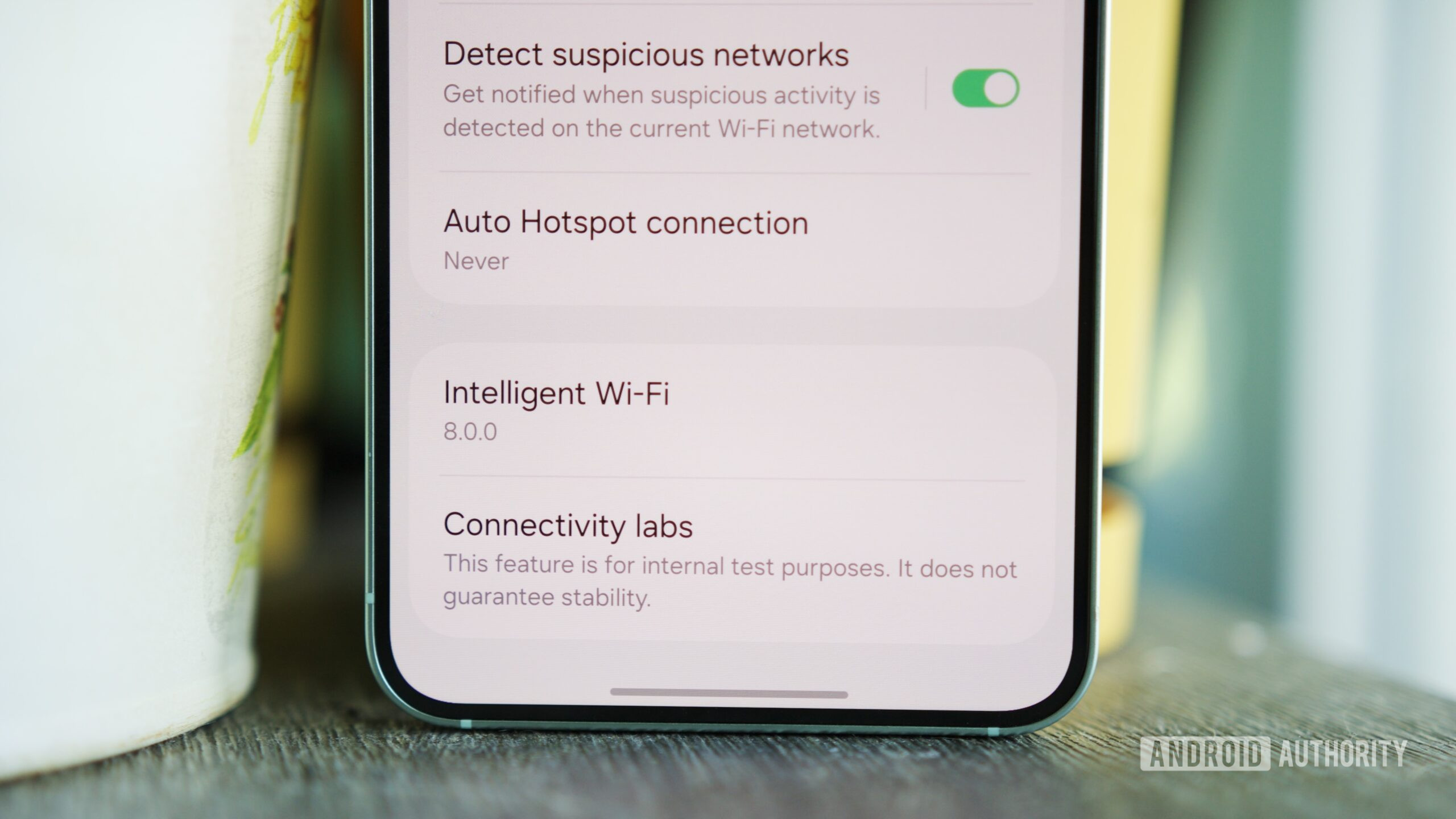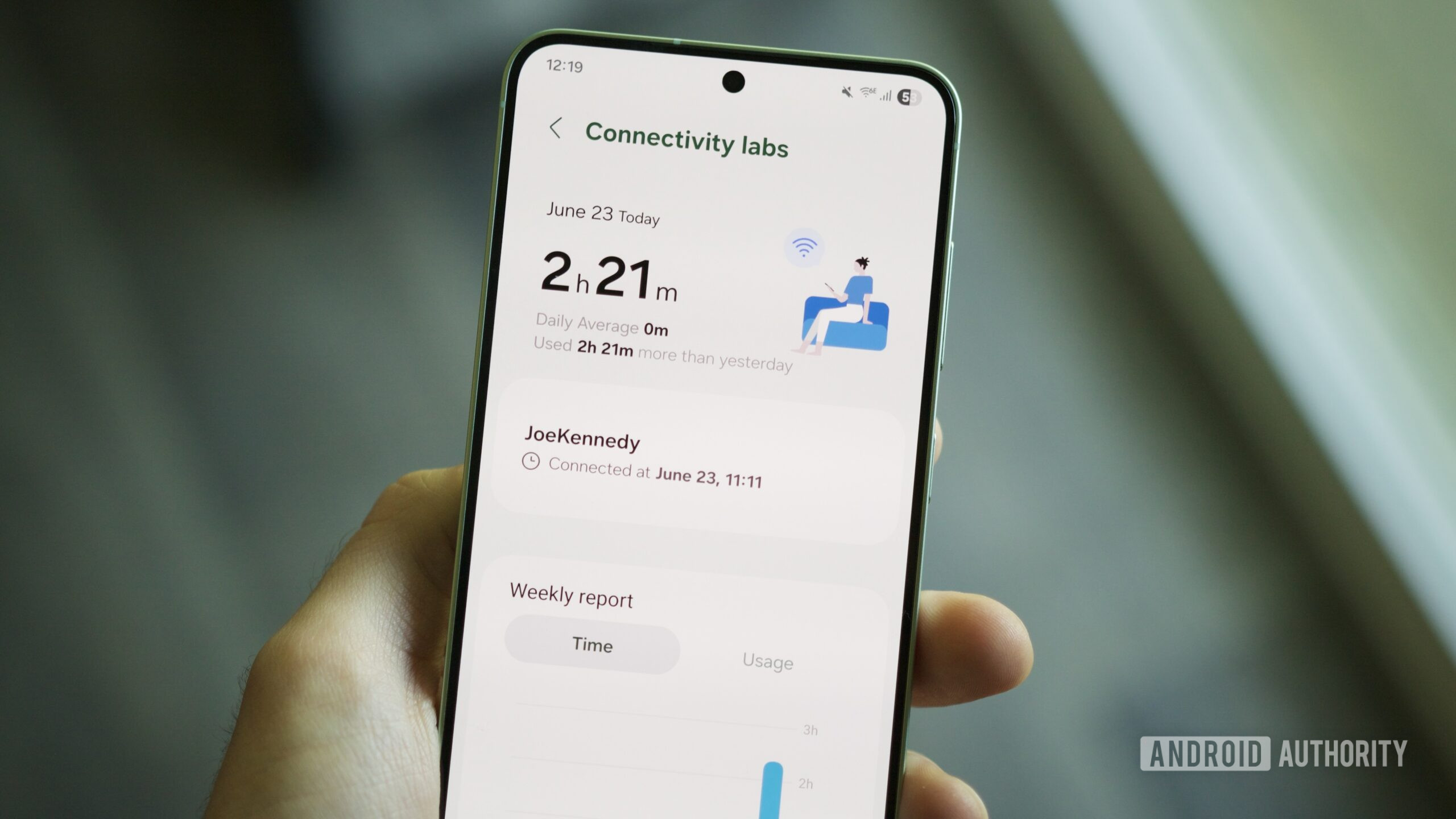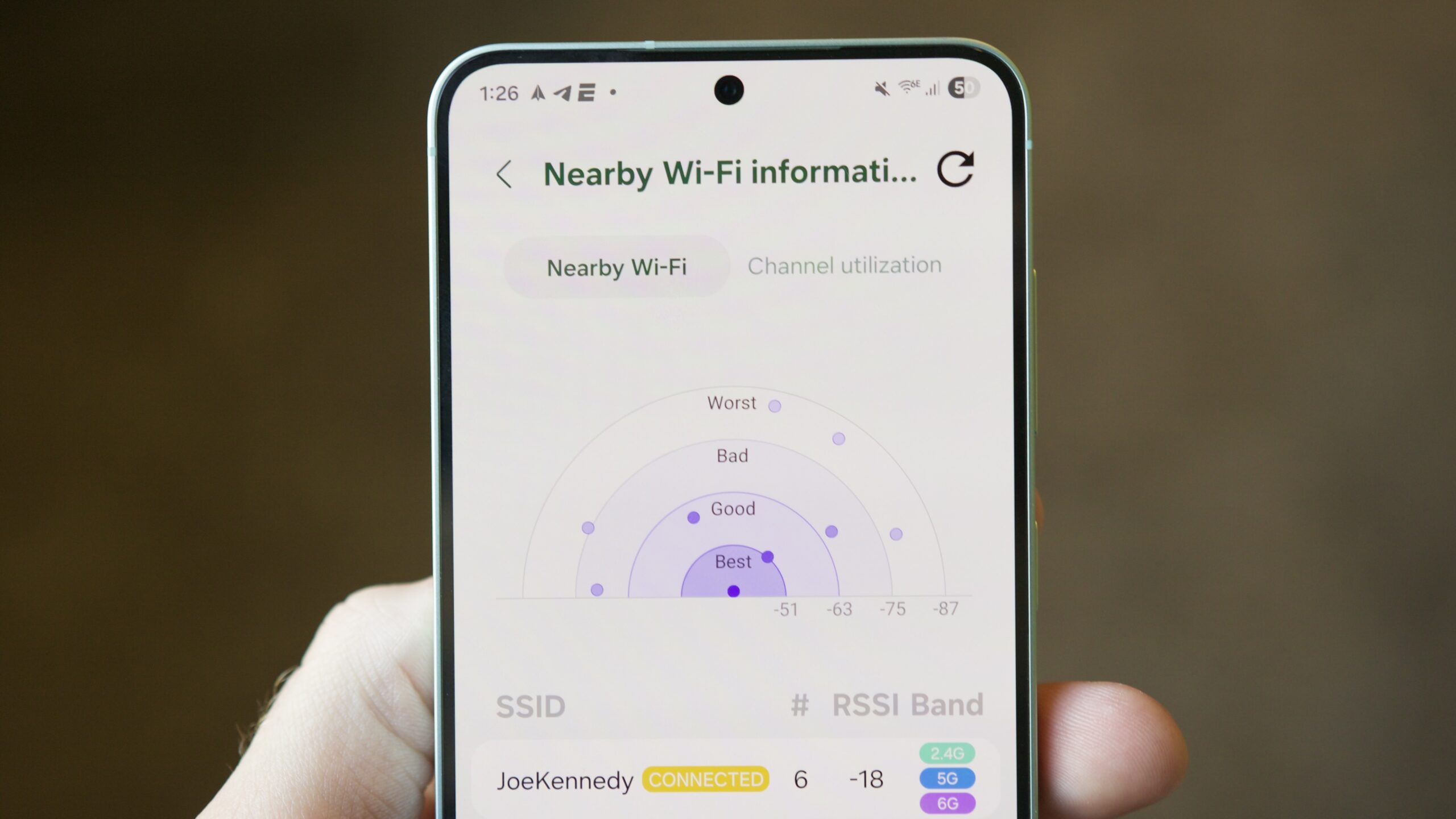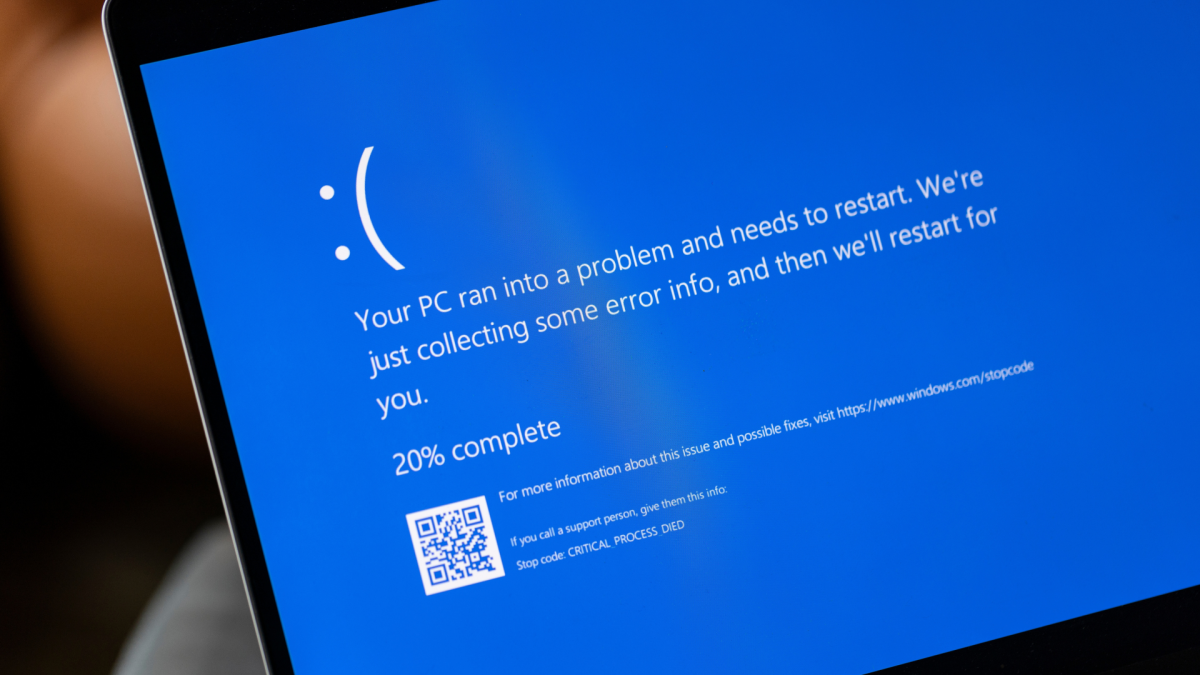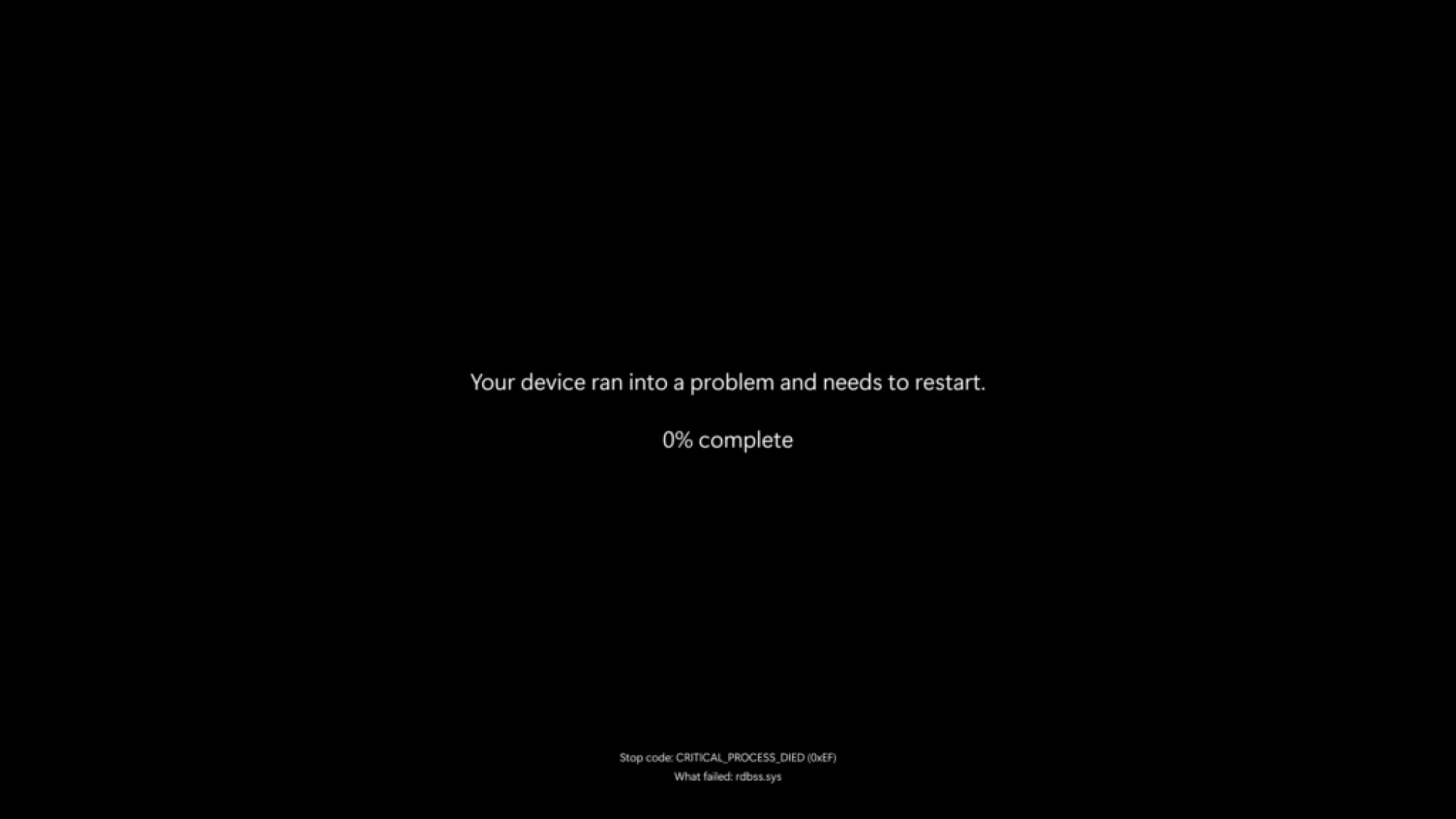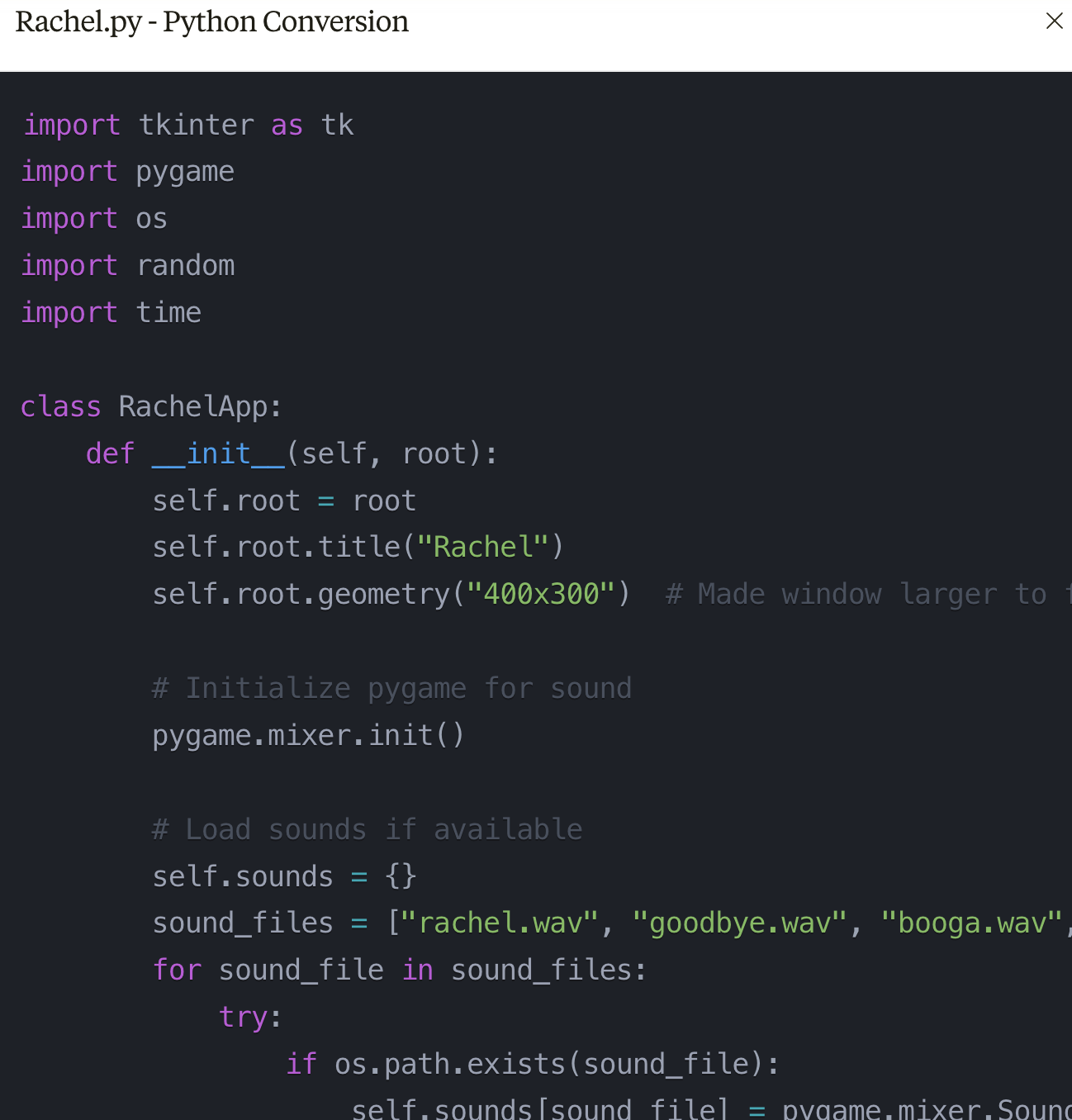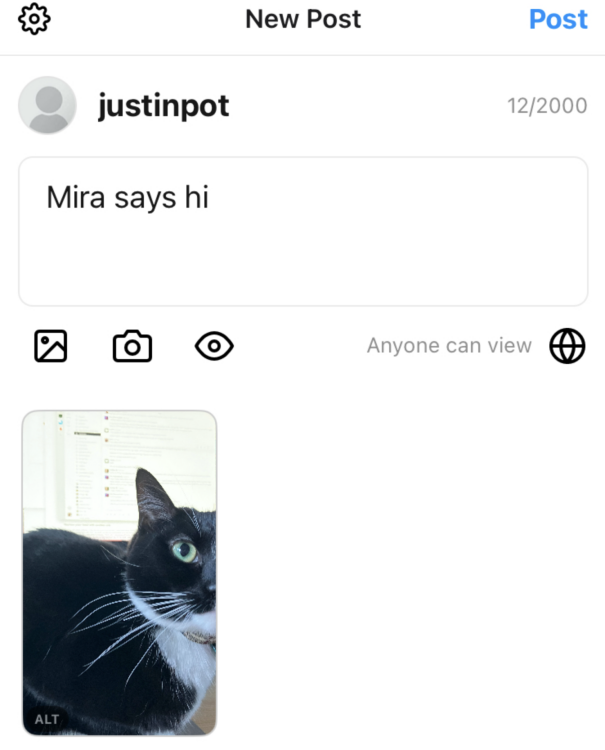Freelance developers and entire companies are making a business out of fixing shoddy vibe coded software.
I first noticed this trend in the form of a meme that was circulating on LinkedIn, sharing a screenshot of several profiles who advertised themselves as “vibe coding cleanup specialists.”
[…]
“I’ve been offering vibe coding fixer services for about two years now, starting in late 2023. Currently, I work with around 15-20 clients regularly, with additional one-off projects throughout the year,” Hamid Siddiqi, who offers to “review, fix your vibe code” on Fiverr, told me in an email. “I started fixing vibe-coded projects because I noticed a growing number of developers and small teams struggling to refine AI-generated code that was functional but lacked the polish or ‘vibe’ needed to align with their vision. I saw an opportunity to bridge that gap, combining my coding expertise with an eye for aesthetic and user experience.”
Siddiqi said common issues he fixes in vibe coded projects include inconsistent UI/UX design in AI-generated frontends, poorly optimized code that impacts performance, misaligned branding elements, and features that function but feel clunky or unintuitive. He said he also often refines color schemes, animations, and layouts to better match the creator’s intended aesthetic.
Siddiqi is one of dozens of people on Fiverr who is now offering services specifically catering to people with shoddy vibe coded projects. Established software development companies like Ulam Labs, now say “we clean up after vibe coding. Literally.”
“Built something fast? Now it’s time to make it solid,” Ulam Labs says on its site. “We know how it goes.
You had to move quickly, get that MVP [minimally viable product] out, and validate the idea. But now the tech debt is holding you back: no tests, shaky architecture, CI/CD [Continuous Integration and Continuous Delivery/Deployment] is a dream, and every change feels like defusing a bomb. That’s where we come in.”
Swatantra Sohni, who started VibeCodeFixers.com, a site for people with vibe coded projects who need help from experienced developers to fix or finish their projects, says that almost 300 experienced developers have posted their profiles to the site. He said so far VibeCodeFixers.com has only connected between 30-40 vibe code projects with fixers, but that he hasn’t done anything to promote the service and at the moment is focused on adding as many software developers to the platform as possible.
Sohni said that he’s been vibe coding himself since before Andrej Karpathy coined the term in February. He bought a bunch of vibe coding related domains, and realized a service like VibeCodeFixers.com was necessary based on how often he had to seek help from experts on his own vibe coding projects. In March, the site got a lot of attention on X and has been slowly adding people to the platform since.
Sohni also wrote a “Vibecoding Community Research Report” based on interviews with non-technical people who are vibe coding their projects that he shared with me. The report identified a lot of the same issues as Siddiqi, mainly that existing features tend to break when new ones are added.
“Most of these vibe coders, either they are product managers or they are sales guys, or they are small business owners, and they think that they can build something,” Sohni told me. “So for them it’s more for prototyping. Vibe coding is, at the moment, kind of like infancy. It’s very handy to convey the prototype they want, but I don’t think they are really intended to make it like a production grade app.”
Another big issue Sohni identified is “credit burn,” meaning the money vibe coders waste on AI usage fees in the final 10-20 percent stage of developing the app, when adding new features breaks existing features. In theory, it might be cheaper and more efficient for vibe coders to start over at that point, but Sohni said people get attached to their first project.
“What happens is that the first time they build the app, it’s like they think that they can build the app with one prompt, and then the app breaks, and they burn the credit. I think they are very emotionally connected to the app, because this act of vibe coding involves you, your creativity.”
In theory it might be cheaper and more efficient for vibe coders to start over if the LLM starts hallucinating and creating problems, but Sohni that’s when people come to VibeCodeFixers.com. They want someone to fix the bugs in their app, not create a new one.
Sohni told me he thinks vibe coding is not going anywhere, but neither are human developers.
“I feel like the role [of human developers] would be slightly limited, but we will still need humans to keep this AI on the leash,” he said.
The article writer is highly sceptical about vibe coding, but it’s not going anywhere and it empowers the actual commissioners of the software to build proof of concepts using elements they like, so they are not at the mercy of a software development company who may or may not see and understand the vision as they see it.

